A Traveler’s Guide to Nature Preserves in Texas
Texas is a true ecological marvel. The state contains many of the major ecosystems found on Earth: prairies, deserts, mountains, marshes, forests, and oceans. But while Texas possesses astounding natural beauty, its natural resources have also led to tremendous growth and development. With that growth comes challenges. Farming, drilling, and settlement have transformed much of the Texas landscape. That is why conservationists have worked hard to preserve some of Texas’ remaining, untouched natural ecosystems.
One of the leaders in Texas conservation is The Nature Conservancy, which owns and maintains 40 nature preserves in Texas, protecting almost 1 million acres across the state. The Nature Conservancy also works with private landowners to create conservation easements that help preserve precious natural places.
While not all of these nature preserves in Texas are open to the public, there are many that allow Texans to experience their wondrous natural beauty. Here’s where to head to experience the Texas outdoors in their primordial state.
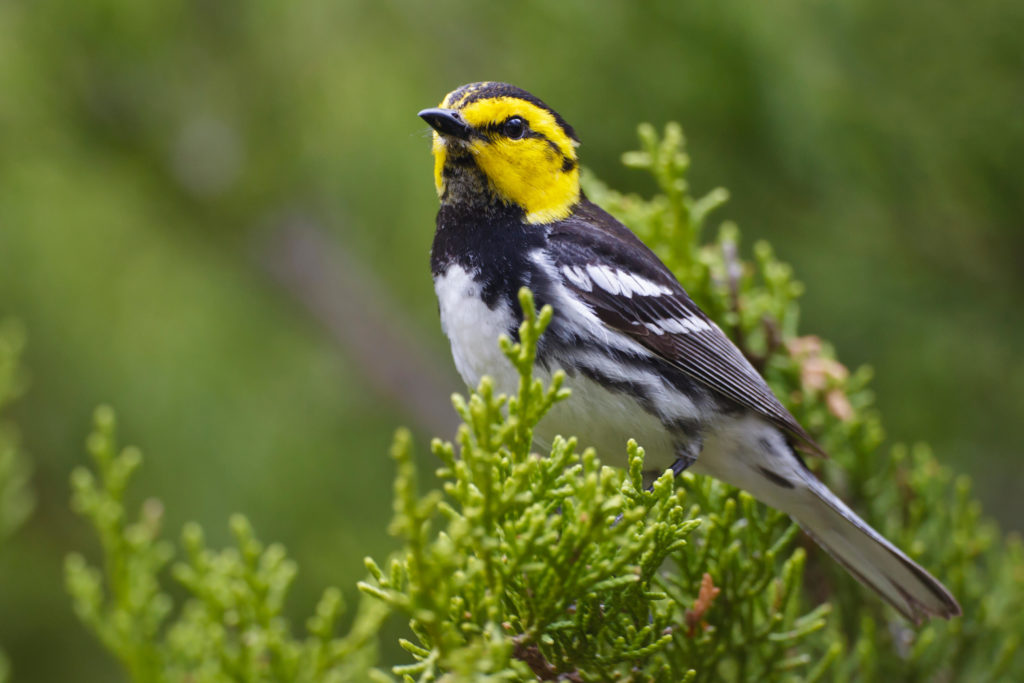
Barton Creek Habitat Preserve, Austin
The Barton Creek Habitat Preserve was originally founded to protect two endangered migratory songbirds, the golden-cheeked warbler and the black-capped vireo. The preserve now encompasses 4,000 acres in the Balcones Canyonlands with 4 miles of Barton Creek frontage and oak and juniper forestland. Visitors enjoy hiking, paddling, and birdwatching in this Hill Country paradise.
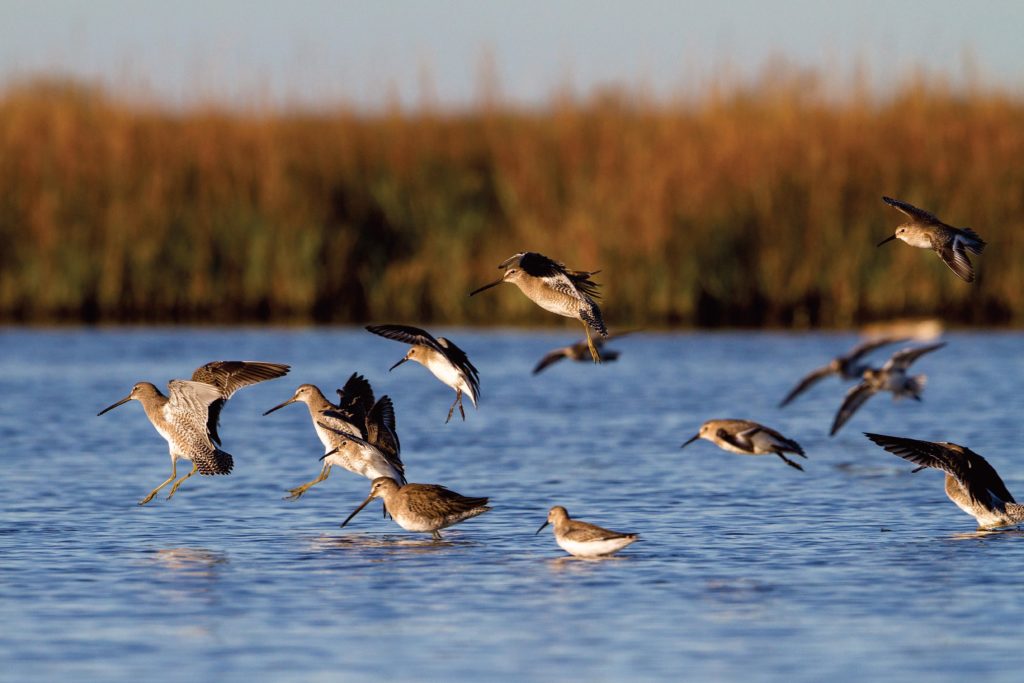
Clive Runnells Family Mad Island Marsh Preserve, Collegeport
The stretch of coast across Texas and Louisiana used to be made up of more than 9 million acres of coastal prairie, a delicate liminal ecosystem that included freshwater wetlands and salt marshes. Today, only 2% of that ecosystem remains, and an important chunk of it is contained within the Mad Island Marsh Preserve. The preserve is a birdwatching mecca. More than 250 species rest and roost in the preserve, and numerous endangered species — including the whooping crane and the Le Conte’s sparrow — migrate through the marsh annually.
Clymer Meadow Preserve, Celeste
When the first frontiersmen crossed the United States, they encountered a vast native ecosystem of Blackland Prairie that once stretched from the Texas coast into Canada. The pockets that remain are mostly restoration and conservation projects, including the 1,400-acre Clymer Meadow Preserve which consists of both land owned by The Nature Conservancy and private owners. Visitors can hike through diverse prairie grass systems and wildflowers that attract many species of seasonal birds.
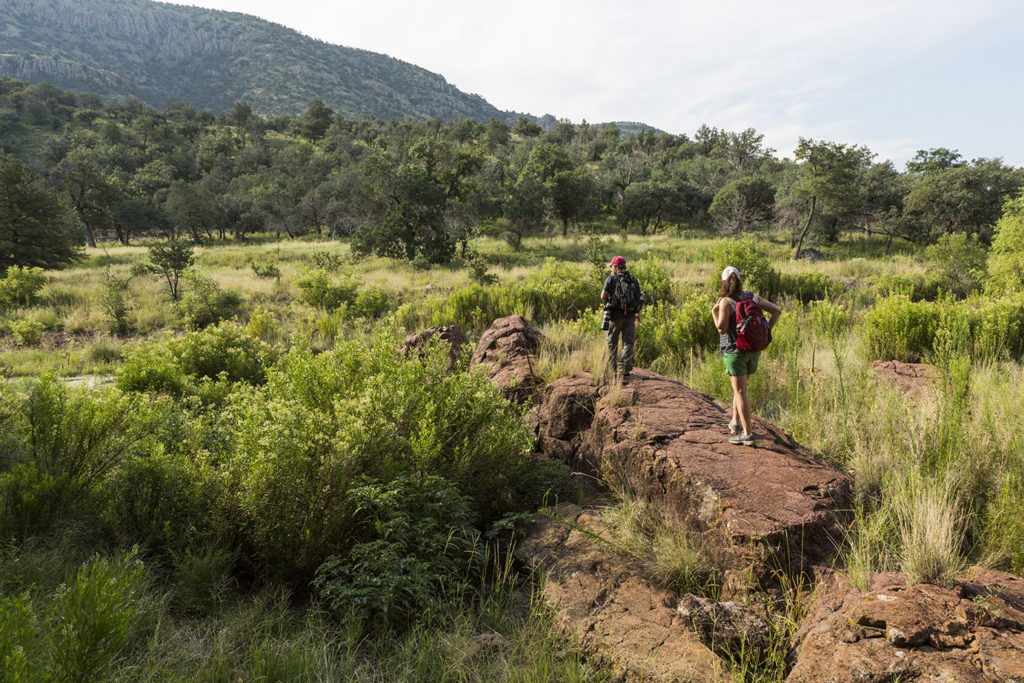
Davis Mountains Preserve, Fort Davis
The Davis Mountains are one of Texas’ three sky-island ecosystems — a unique ecological zone in which higher elevations create a cooler, wet landscape that’s surrounded by lowland desert. The Nature Conservancy manages the 33,075-acre site and the additional conservation easements, preserving some 102,675 acres of mountains, forest, and canyon watersheds. Seven hiking trails allow visitors to explore a landscape that is home to black bears and mountain lions.
Eckert James River Bat Cave Preserve, Mason County
This Texas nature preserve is home to one of the largest colonies of bats in the world. Each summer, The Nature Conservancy opens its Eckert James River Bat Cave Preserve for nightly viewings of the millions of Mexican free-tailed bats that swarm up from the cave and form a dark funnel-shaped cloud in the sky.
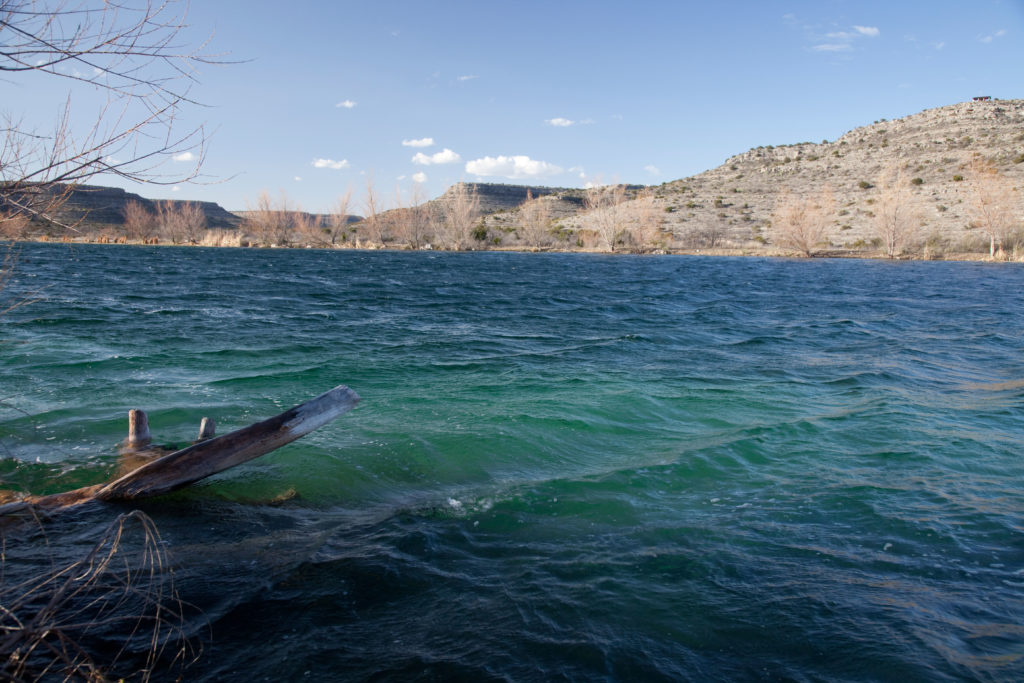
Independence Creek Preserve, Sheffield
The Independence Creek is an important tributary of the Pecos River. At this preserve, it creates a desert canyon oasis that sustains a diversity of flora and fauna, including some rare and endangered species. The creek served as an important water source for Native Americans for 12,000 years, and traditional rock art can be found near its banks. Although there is no daily access to the preserve, there are two days a year when the public can step into its majesty.
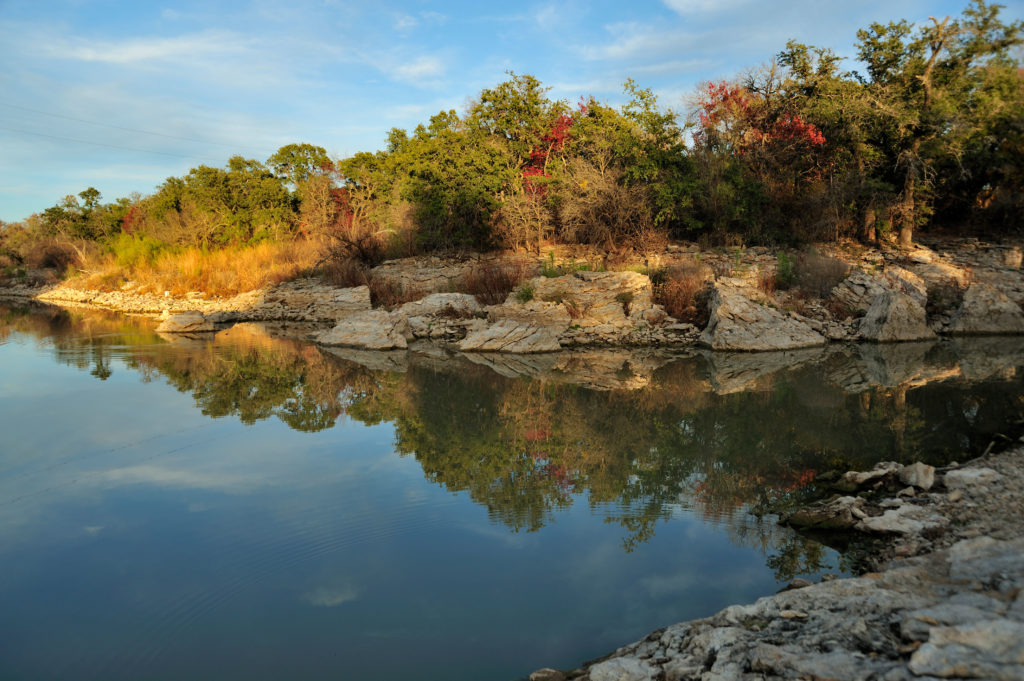
Lennox Woods Preserve, Clarksville
Pecan Bayou is one of the largest and last remaining undammed watersheds in Texas. The Lennox Woods Preserve is a 275-acre forest preserve that features a rare collection of old-growth woodlands and undisturbed floodplains that once characterized much of East Texas. Avid birdwatchers will be rewarded with a habitat that is home to red-headed and pileated woodpeckers, wood warblers, Carolina chickadees, tufted titmice, and nuthatches.
Lewisville Lake Environmental Learning Area, Lewisville
In the 1990s, several organizations in suburban Dallas came together to create a nature preserve located near the Lewisville Dam, which was completed in 1955. Their mission: Preserve a rare stretch of native habitat located in this rapidly growing urban area. Visitors can wander trails that wind through the Blackland Prairie and dry upland forests that line the Elm Fork of the Trinity River.
Love Creek Preserve, Bandera
This pristine, 1,400-acre preserve in the western Hill Country features natural springs that are formed within the Edwards limestone and help feed a wide variety of native Texas plants and wildlife. A 4.5-mile trail loops through an oak and juniper woodland, where you can see the springs and spot zone-tailed hawks and golden-cheeked warblers.
Roy E. Larsen Sandyland Sanctuary, Silsbee
The Sandyland Sanctuary is working to restore and reestablish the longleaf pine ecosystem, which once spread across 90 million acres from Texas to Virginia. The 5,654-acre preserve protects pine and hardwood forest, wetlands, and a diversity of flora and fauna, including ferns, cacti, and wildflowers. Visitors enjoy birding, looking for roadrunners, and wandering through the peaceful woods.
To see more of Texas’ protected natural wonders, head to one of our four national forests.
© 2021 Texas Farm Bureau Insurance



